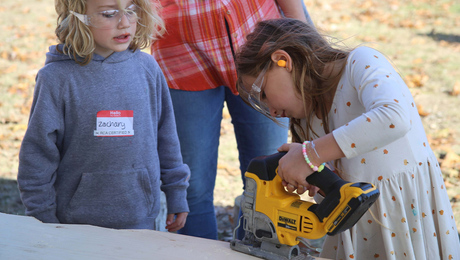Hi,
I’m a homeowner in Texas, and I’m having trouble with a one-story gable roof that comes off of a two-story brick wall. I don’t think it was flashed correctly when it was built, and I’m getting water behind the bricks and into the wall. I’d like some tips on the proper way to flash this type of roof at the brick wall. The brick wall extends down below the roof line to a steel I-beam header. Mine is flashed through the mortar joints in a stair-step pattern that follows the slope of the roof. I’m not sure whether the flashing goes all the way through the brick to the sheathing behind, or if it’s just folded into the mortar joint. Even if it does go all the way through, the flashing behind the bricks will be stair-stepped too, leaving gaps. Is there a sure-fire way to flash this type of roof-brick wall junction? If need be, I can tear down the bricks and reinstall them only above the roof (with proper framing support under). This way I could flash along the roof slope back to the sheathing on the wall with no stair-steps. The brick ends would have to be cut to match the roof slope at the end of each course where it meets the roof.
This topic is especially important to me, because I’m about to have an addition built that will involve the same situation. I don’t want to run into these same problems again. I’d appreciate any tips.
Thank you,
BR















Replies
The best way to flash this detail is with a step pattern as you described. The essential detail is to make sure the flashing on the sheathing properly laps the counterflashing on the exterior and that the counterflashing on the exterior properly laps the sidewall base flashing. This is the best way but it requires skill and attention to detail.
Flashing this detail as you describe, by running a continuous counterflashing which installs parallel to the roof line is another way of doing it. It does require that you put more penetrations through the flashing to attach your brick. Each one of these penetrations is a possible leak. Either way you have to be certain that your base flashing is properly lapped by your counterflashing and that the flashing under the brick is properly lapped by any waterproof paper you install behind the brick wall. All of these areas can cause the problem you describe.
Terry Smiley
Had a brick wall on the windward side of a house where the water actually went right through the brick..........forget, but I think we sealed the brick
Edited 3/24/2002 7:35:59 AM ET by JJWALTERS